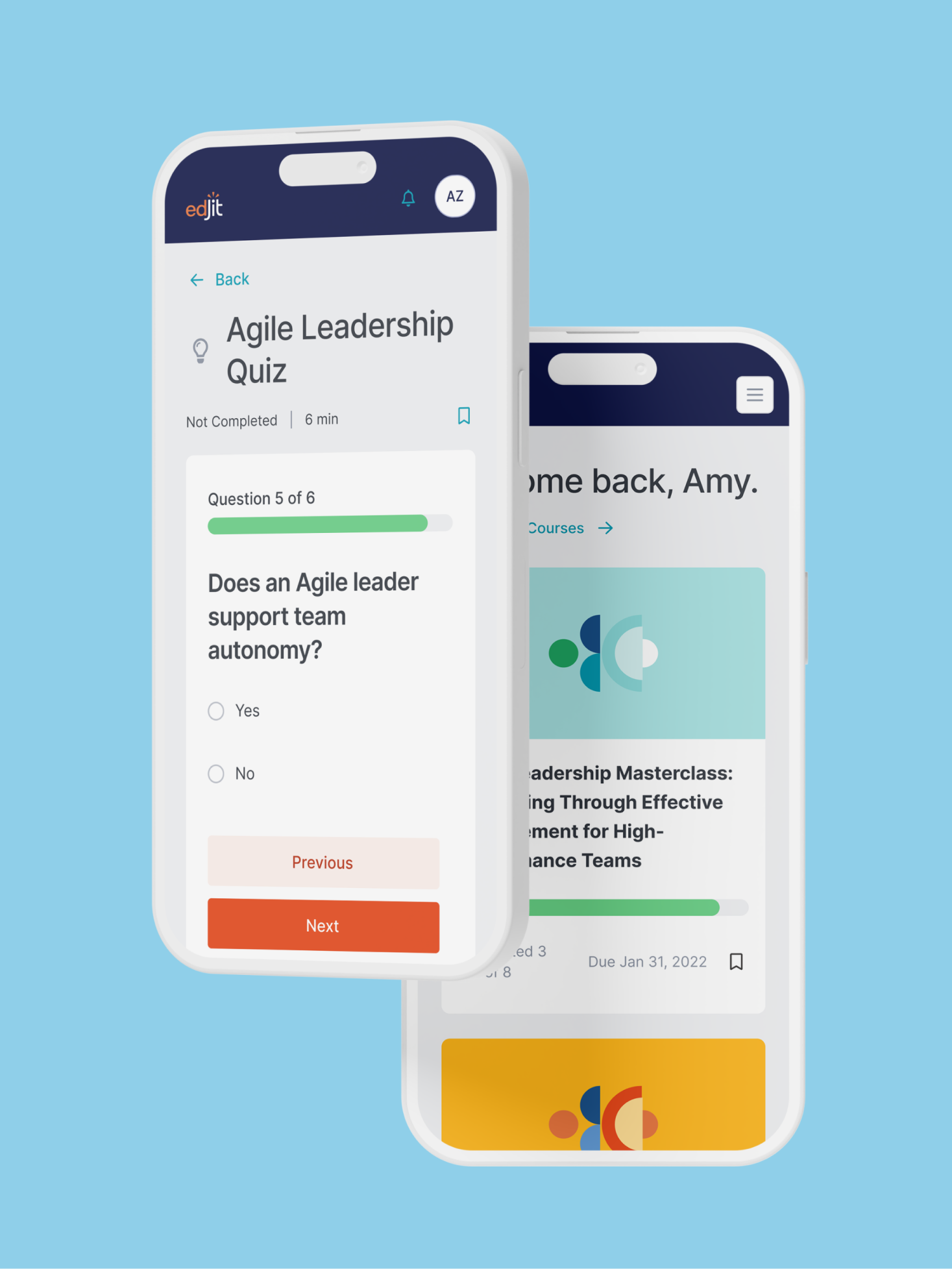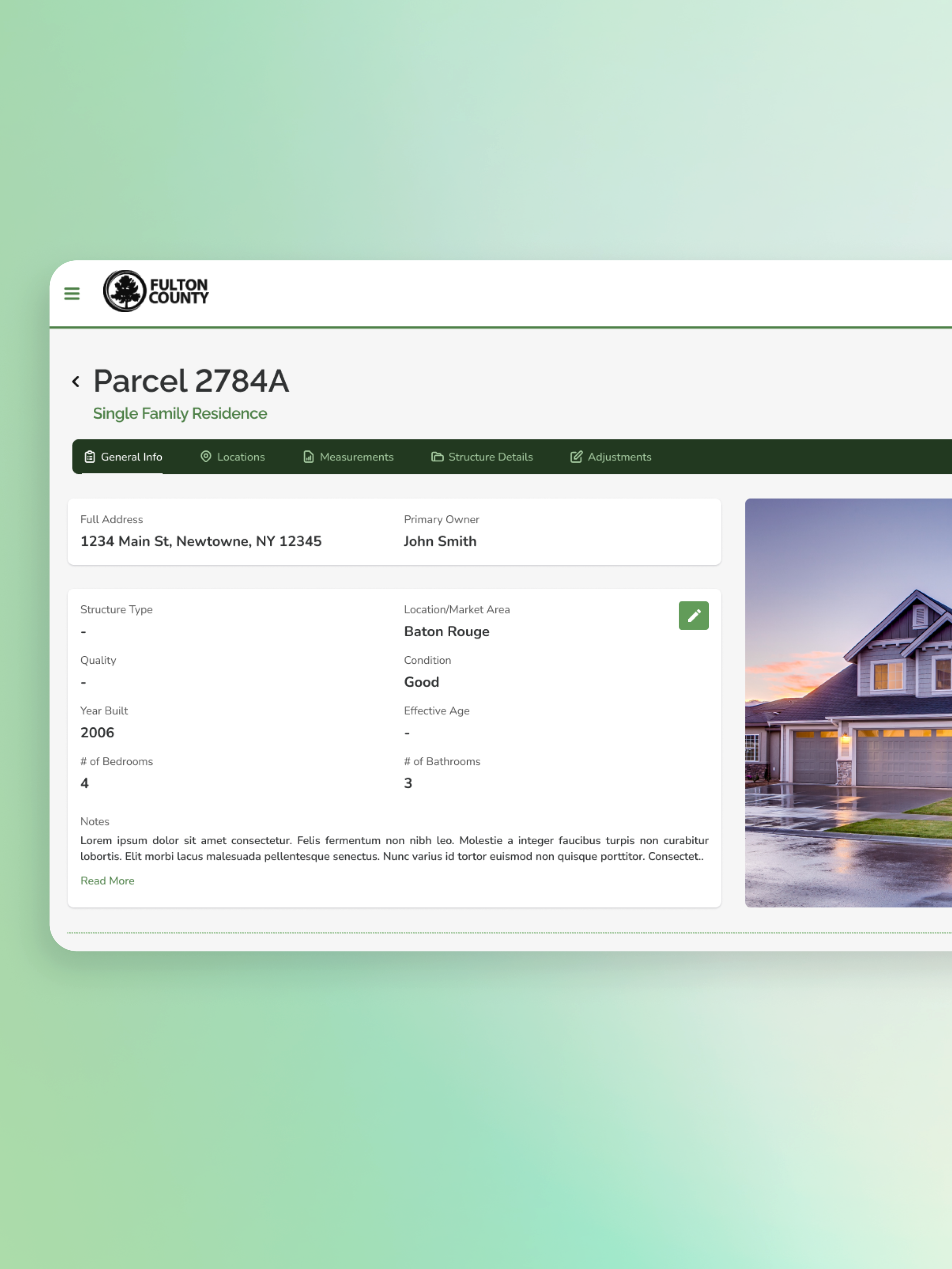Sentara Cancer Resource Library
The Project
We developed a new cancer library webpage for Sentara, that aimed to establish a resource that is a source of truth for cancer, and oncology care for members, patients, and caregivers.
Our discovery process was extensive and reinforced with survey data. The final design was based on the individual steps a patient experiences throughout a cancer journey. We chose to use illustrations and illustrated photos to help make the experience more relatable and less emotionally charged.
My Role
Visual design, user flows, competitive analysis, information architecture, low and high-fidelity wireframes, illustration, interactive prototypes
The Team
I worked as part of a small team with the Director of UX, a lead UX Designer, and a Service Designer.
Visual Discovery
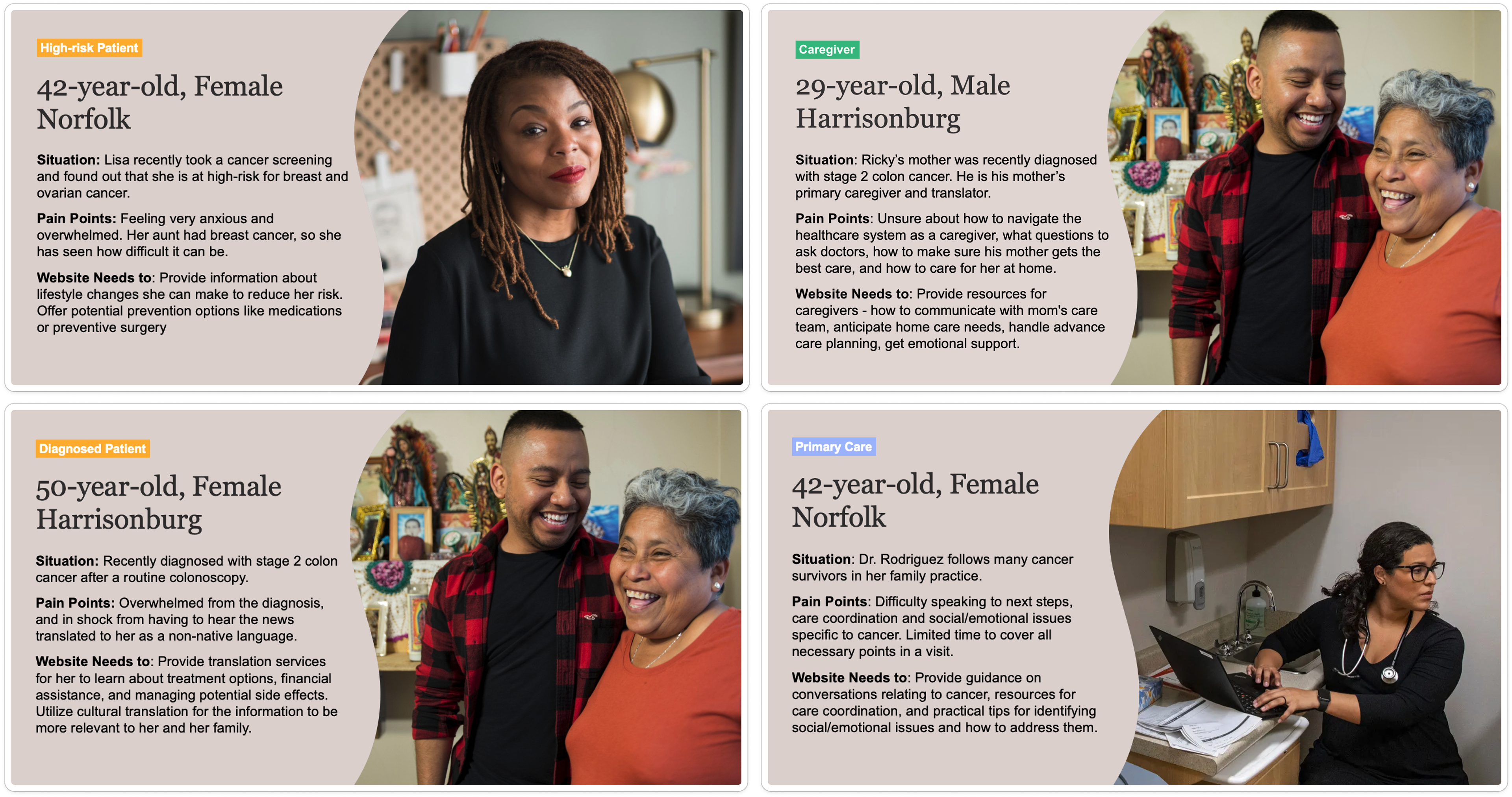
User personas were based on survey data focused on cancer patients, caregivers, and providers.
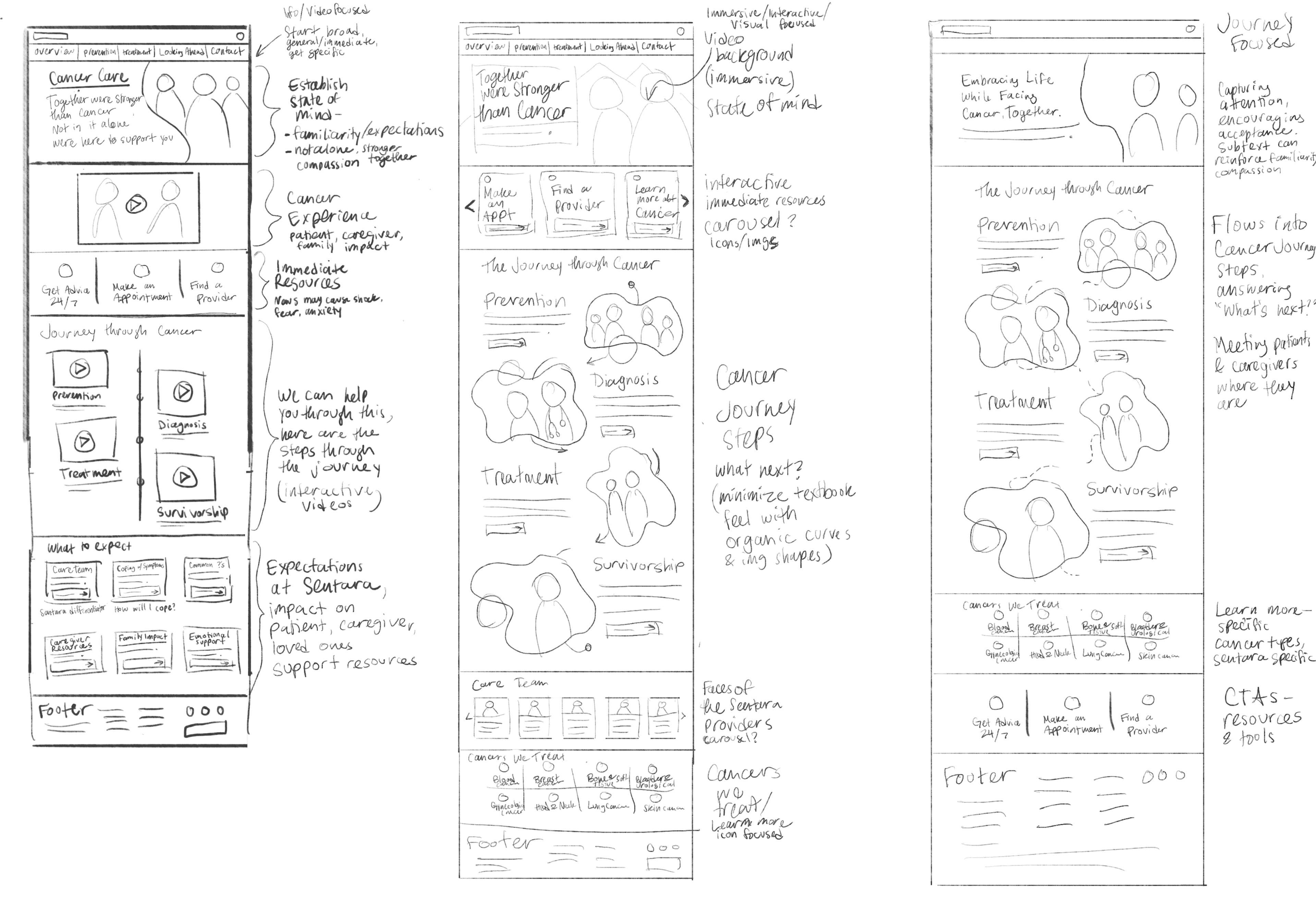
Rough, low fidelity sketches were used to help strategize content location.
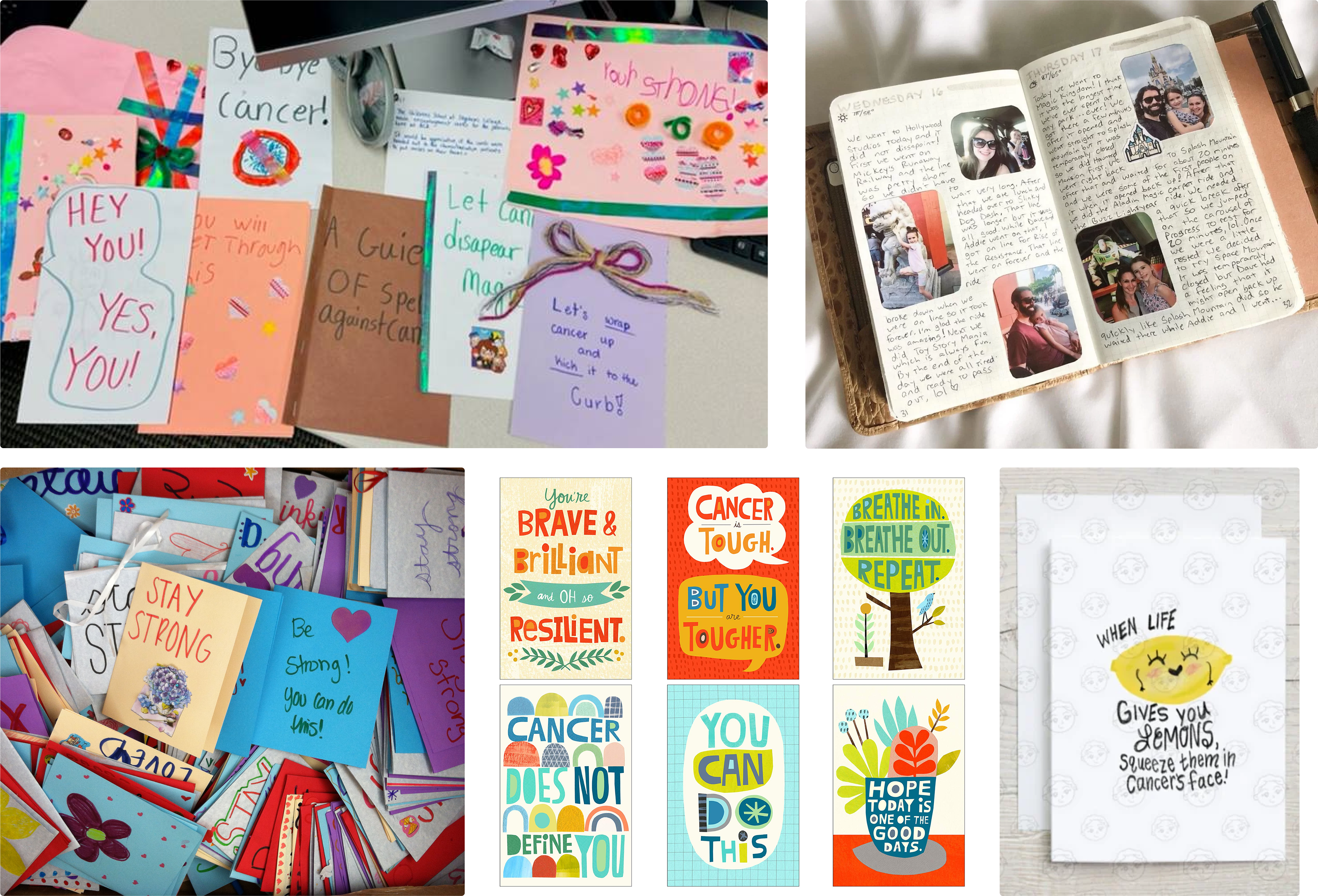
Tactile inspiration- cards, scrapbook, all very tangible, warm and real.
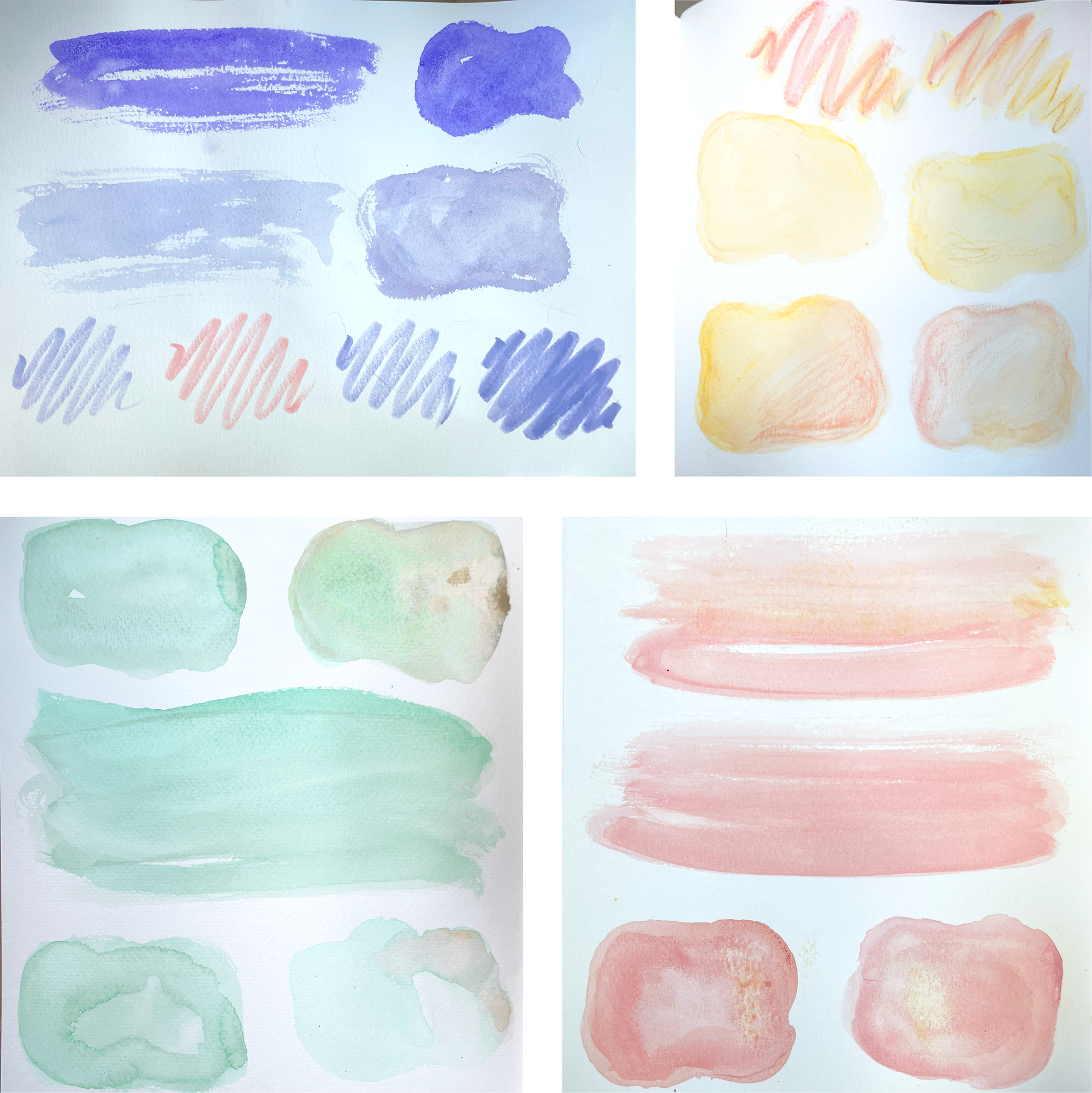
Tactile references- watercolors we painted and then scanned for digital use.
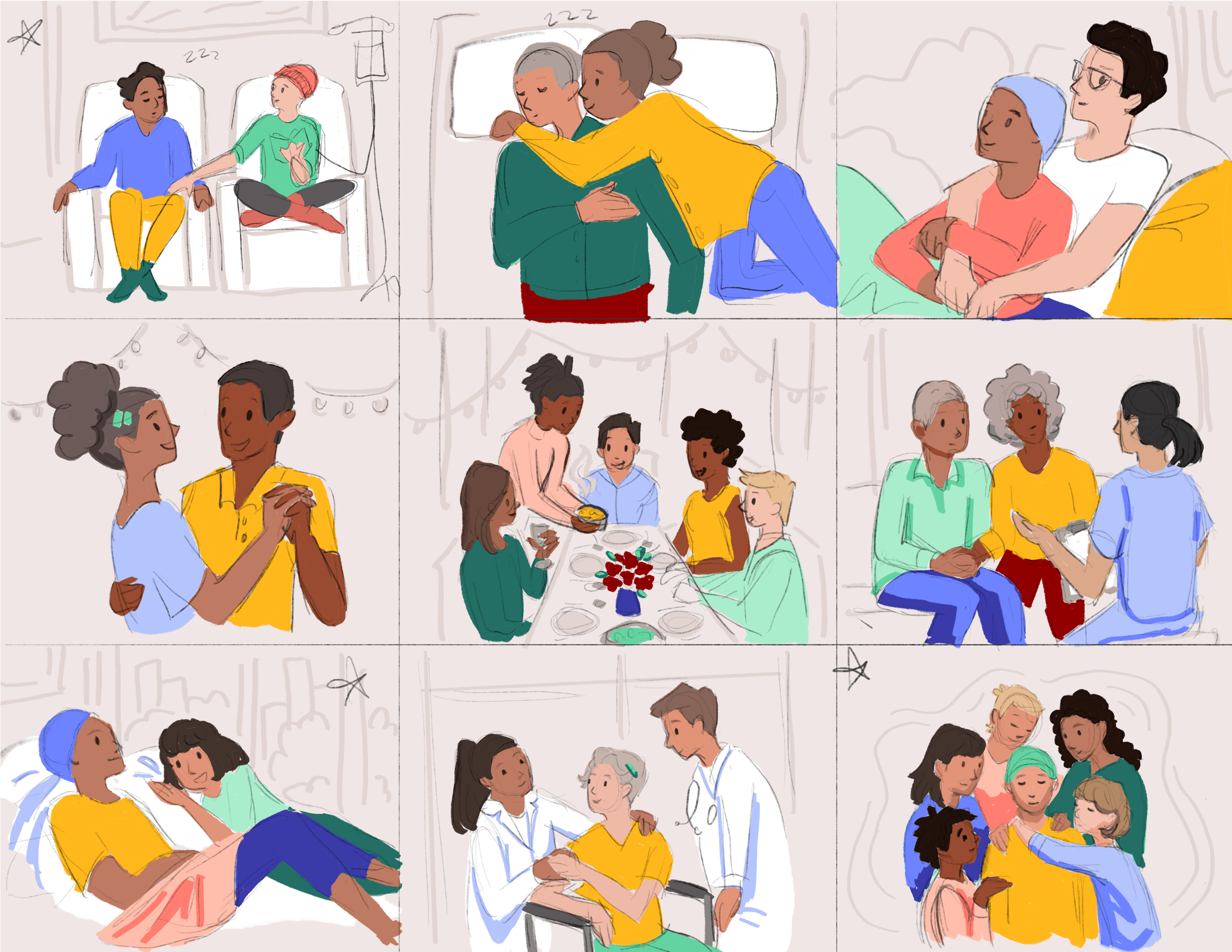
We wanted any illustrations we created for the initial wireframes to be based on reality, so we found photographers who had documented experiences with cancer and referenced their work
Final Designs


Lessons Learned
This project underscored the critical importance of deep, empathetic discovery work in healthcare UX. By immersing ourselves in the emotions of cancer patients and caregivers, from preventative care through diagnosis, treatment, and survivorship, we gained invaluable insights that shaped our designs.
The process reinforced the value of user-centered design in creating meaningful, impactful solutions for sensitive topics. The overwhelmingly positive reception from stakeholders with personal cancer experiences validated our approach and highlighted the potential for UX design to make a lasting difference in online healthcare spaces.

